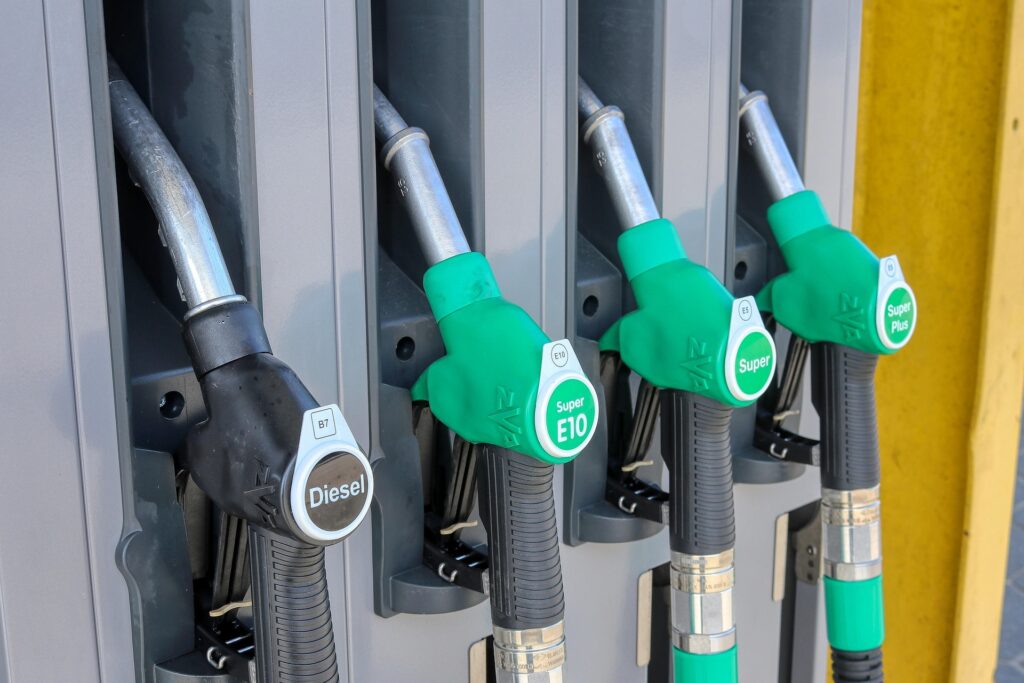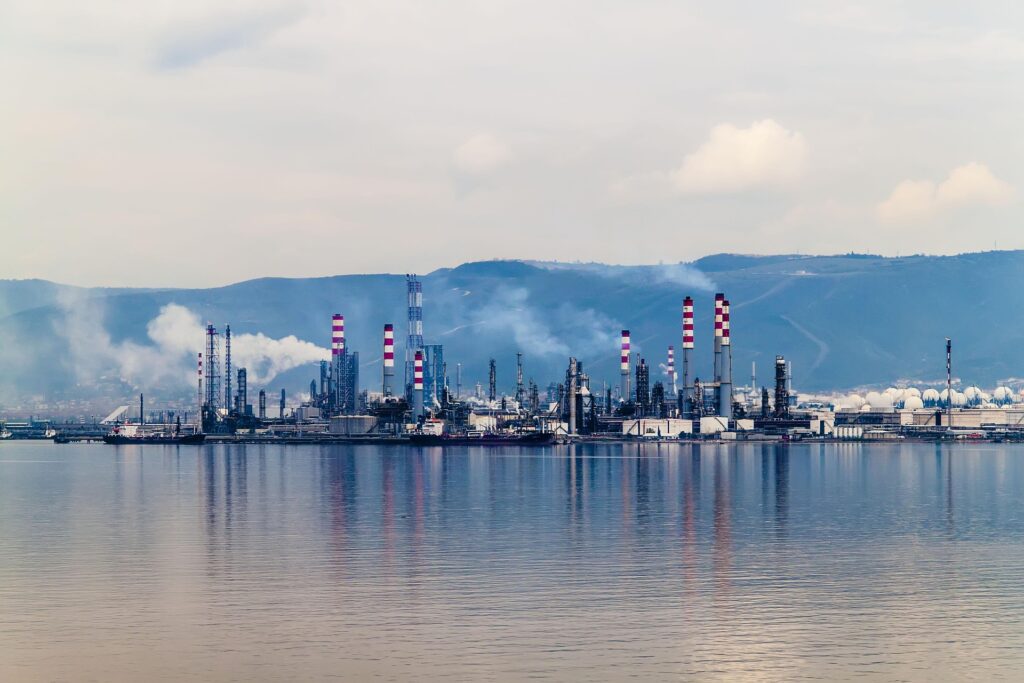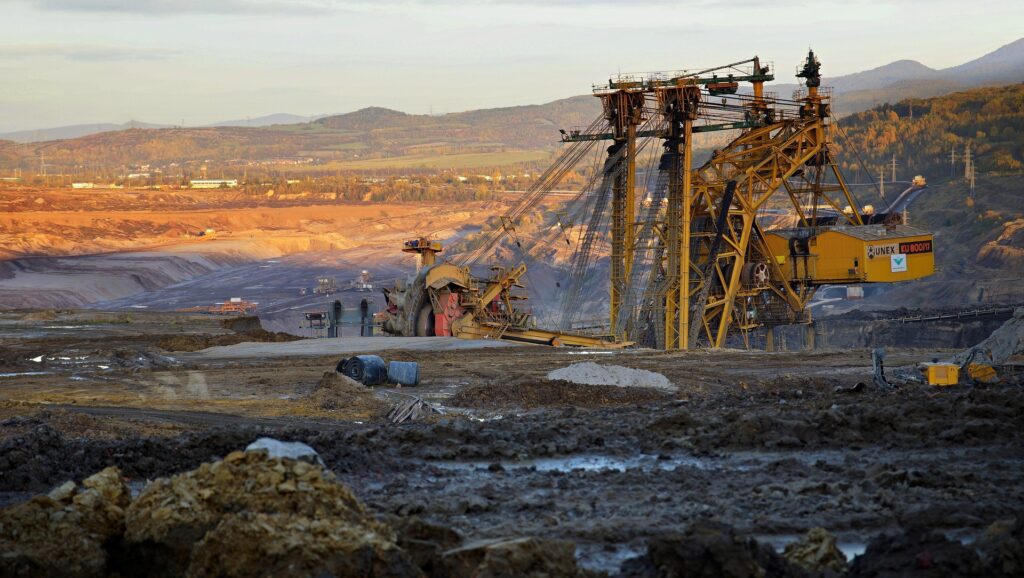Oil and natural gas prices are surging as heightened geopolitical tensions and a weakening US dollar reshape the energy landscape. Crude oil benchmarks—West Texas Intermediate (WTI) and Brent—have seen notable gains in recent trading sessions, while natural gas has also jumped on global demand pressures. Market analysts point to escalating conflicts in key regions, combined with monetary policy shifts and currency fluctuations, as the catalysts behind the rally.
Geopolitical Risks Drive Energy Market Volatility
Tensions in the Middle East and Eastern Europe continue to stoke fears of supply disruptions, with traders pricing in the risk premium. The oil market has historically been sensitive to geopolitical instability, particularly in regions critical to global crude production and export routes.
As of June 17, WTI crude is trading above $80 per barrel, while Brent has crossed the $84 mark. Both benchmarks have posted weekly gains of over 3%. Natural gas futures have followed suit, with prices climbing in response to heatwave-induced demand in the U.S. and constrained supplies in Europe.
“Any sign of conflict in oil-producing regions sends an immediate shockwave through the market,” said an energy strategist from a leading investment bank. “Right now, investors are reacting not only to actual disruptions but to the potential for escalation.”
US Dollar Weakness Fuels Commodity Rally
Another significant factor contributing to the bullish momentum in energy markets is the sharp decline in the US dollar. The dollar index (DXY), which tracks the greenback against a basket of major currencies, has dropped below the 104 mark—a key psychological level.
Commodities like oil and gas are priced in US dollars globally. When the dollar weakens, these commodities become more affordable for foreign buyers, driving up demand and pushing prices higher.
According to recent data, inflation in the U.S. is slowing, raising expectations that the Federal Reserve may adopt a more dovish stance in its upcoming policy meetings. If rate hikes pause or reverse, the dollar is likely to face additional downward pressure, further boosting commodity markets.
OPEC+ Output Strategy Remains a Wildcard
The Organization of the Petroleum Exporting Countries and its allies, known as OPEC+, remain committed to managing supply in the face of volatile market conditions. However, traders are closely watching the group’s upcoming meetings for any signs of policy adjustments.
OPEC+ has been exercising output discipline since 2022, with Saudi Arabia and Russia voluntarily curbing production to stabilize prices. So far, the strategy has succeeded in keeping a floor under oil prices despite global economic uncertainty.
“Saudi Arabia has made it clear it wants to prevent oil prices from falling below $80,” noted an FXEmpire analyst. “With summer travel demand ramping up and geopolitical tensions high, OPEC+ may hold the line or even deepen cuts if necessary.”

Natural Gas Gains on Summer Heatwave and Global Demand
Natural gas markets are also experiencing a surge as seasonal demand spikes. Record-breaking heatwaves across the southern United States are driving up electricity consumption, with air conditioning demand stretching power grids.
At the same time, Europe continues to rebuild gas inventories in anticipation of next winter. With Russian supplies still restricted, the continent remains reliant on U.S. liquefied natural gas (LNG) exports, further tightening global availability.
Henry Hub natural gas futures have risen by more than 6% over the past week. European benchmark TTF gas is also climbing amid rising industrial and residential consumption.
“The natural gas market is no longer regional—what happens in Europe and Asia now affects U.S. prices, and vice versa,” said a commodities trader based in Houston. “It’s a truly global market now.”
Market Outlook: Bullish Momentum with Volatility Ahead
Looking ahead, energy markets are expected to remain volatile as investors weigh the competing forces of geopolitical instability, central bank policy shifts, and global supply-demand dynamics. The recent rally in oil and gas is a clear signal that risk appetite is increasing in the commodity space.
Technical indicators show that crude oil prices have broken through key resistance levels, paving the way for further upside if current trends persist. WTI could target the $85-$88 range in the short term, while Brent may approach the $90 level, barring any surprise developments.
Natural gas markets also have room to run, especially if heatwaves intensify or hurricane season impacts Gulf Coast production.
However, analysts caution that any resolution to current conflicts or a rebound in the US dollar could quickly reverse gains. Likewise, an economic slowdown or a shift in OPEC+ strategy could temper the rally.
Implications for Investors and Energy Companies
The current environment presents both opportunities and risks for investors, traders, and energy producers. Companies in the oil and gas sector are likely to benefit from elevated prices, potentially improving earnings and shareholder returns.
For institutional investors and hedge funds, the current rally may offer trading opportunities through energy ETFs, futures, and related equities. Retail investors, too, may look to capitalize on the uptrend through sector-specific instruments.
Meanwhile, policymakers and consumers must brace for the potential inflationary impact of rising energy costs, especially as fuel prices rise during peak summer travel season.
Conclusion: Energy Markets at a Crossroads
The rally in oil and natural gas underscores the delicate balance in global energy markets. With geopolitical risks mounting and the US dollar sliding, commodities are once again front and center for traders and policymakers alike.
While short-term gains look promising, the path forward remains uncertain. Market participants will need to stay nimble and informed as the second half of 2025 unfolds. SEO Keywords: oil price rally, natural gas prices, US dollar decline, geopolitical tensions, crude oil news, WTI crude forecast, Brent oil price, OPEC+ output strategy, energy market outlook, summer gas demand, FXEmpire energy analysis.



